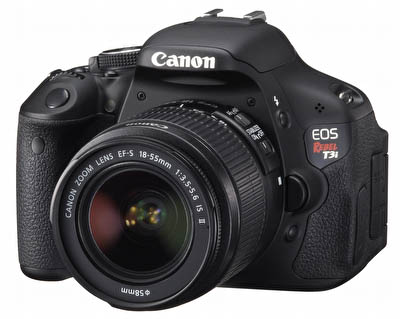
Canon EOS Rebel T3i / 600D
There are at least 3 other Canon cameras that share about the same sensor (we link to our field tests):
These cameras mainly differ in their camera features and likely not so much in image quality.
- The EOS 7D was a major surprise (in 2009) for us because the noise was quite excellent for an APS-C sized camera featuring about 17MP resolution. The 7D is still the most rugged, fastest (fps) and features the best viewfinder of these 3 models. It is missing a swivel LCD which is quite a bonus for video and live view stills.
- The EOS Rebel T2i brought the 7D image quality much down in price. Indie filmmakers loved the T2i because for video the inferior features compared to the 7D did hardly matter but the price did. We owned a T2i and liked it a lot (at that time there was no EOS 60D yet). All our aerial photos so far were taken with the T2i. Our T2i got finally replaced by the 60D.
- The EOS 60D is right in between the specs of the 7D and the T2i. The most important new feature was finally the addition of a swivel LCD. This is a major feature for filmmakers.
Now also the EOS Rebel T3i got a swivel LCD.
We won't talk much about the working with the Rebel T3i because it is so much like the Rebel T2i plus it features a swivel LCD on top. We always liked the Rebel cameras as they offer a lot of camera and image quality for the money.
We could easily live just using with a Rebel T3i and as mentioned we used the T2i a lot. This although we own the following Canon bodies:
- Canon EOS 1Ds Mark II: Too heavy and bulky most of the time. Of course a great camera otherwise. We hardly use it anymore because of its weight and size.
- Canon EOS 5D Mark II: This is our choice if we use WA lenses. Images look smoother than using the APS-C sized sensor cameras but sometimes we like the extra DOF we get from the smaller sensor cameras. Also the 5D Mark II has a slow frame rate (about 3 fps).
- Canon EOS 60D: This is now our Canon APS-C sensor camera of choice because of the swivel LCD and the higher frame rate (fps). We like fast frame rates for our handheld HDR work. If you consider the T3i you need to check out the EOS 60D too (check price at B&H here).
Lenses
Saving money on a camera body is fine (unless you really need the extra features). But lenses can make a real difference.
We think that most Rebel owners never experience the full potential of their cameras. Why that? Because they will likely use the kit lens or other cheaper zooms. We use mainly the same lenses we also use for our Canon Full Frame (FF) cameras. Only good lenses can show what the Rebel T3i can deliver (even top zooms are limiting at times).
Note: Even the kit lenses are not that bad anymore these days.
Buying good lenses will help you to get better image quality. Here are the lenses we use most of the time:
Canon EF 24-105mm f/4 IS
Effective angle of view on the T3i/600D: about 38mm - 168mm
For us this is a very good range. If we just carry one lens this is our choice.
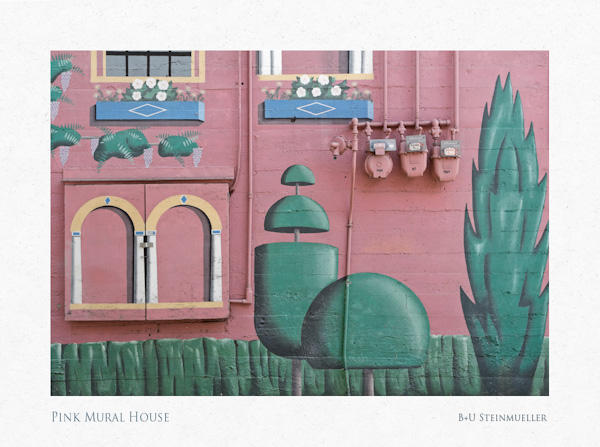
Pink Mural House with 24-105mm f/4 IS
If you would need to cover a wider angle you can stitch images together (this sample used the 60D but the same applies to the T3i).
Canon EF 100mm f/2.8 IS Macro
Effective angle of view on the T3i/600D: about 160mm
For us this is kind of a magic combination. The additional DOF of the 600D compared to the 5D Mark II is most of the time very welcome for macros or close-up shots.
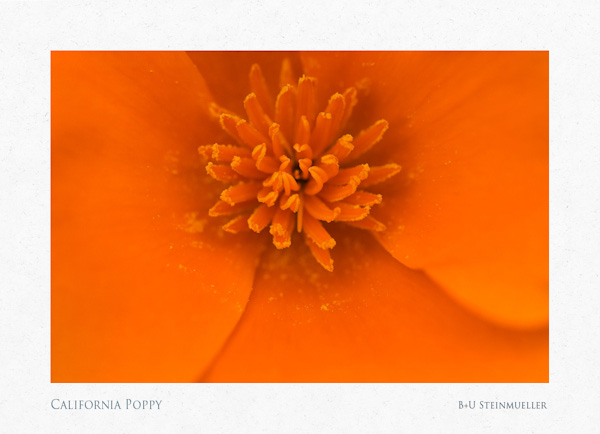
Poppy with 100mm f/2.8 IS Macro
Canon EF 70-200mm f/4 IS
Effective angle of view on the T3i/600D: about 112mm - 320mm
On the 5D Mark II this is our most used lens (we love the tele range). With the 24-105mm lens covering up to effective 168mm we don't need it that much on the Rebel T3i / 600D. On the other hand this lens allows us to reach into real tele range.
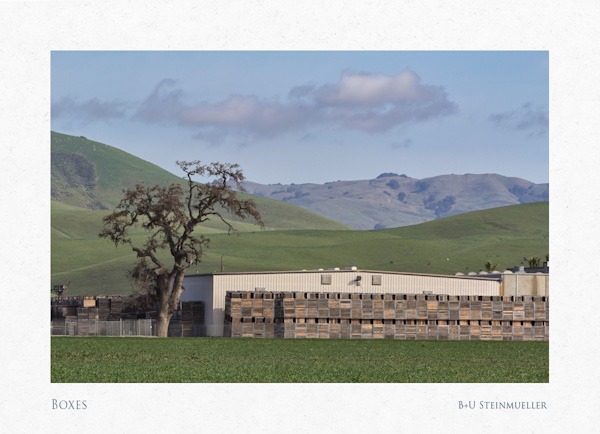
Using 70-200mm f/4 IS
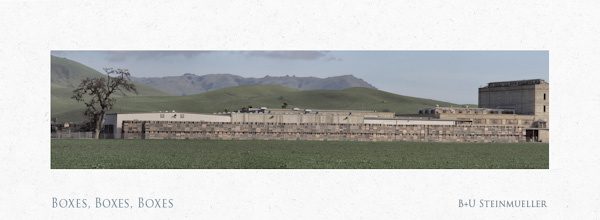
Using 70-200mm f/4 IS and later stitched
Canon EF 50mm f/2.5 Macro
This is a bargain lens. The AF is slow but the optical quality is just wonderful.
Sample Images
We have a gallery with sample images here:
Rebel T3i/600D Field Test Gallery
Below are some samples (all part of the gallery).
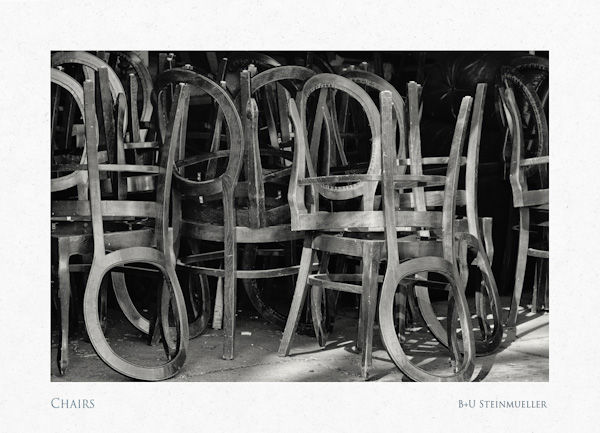
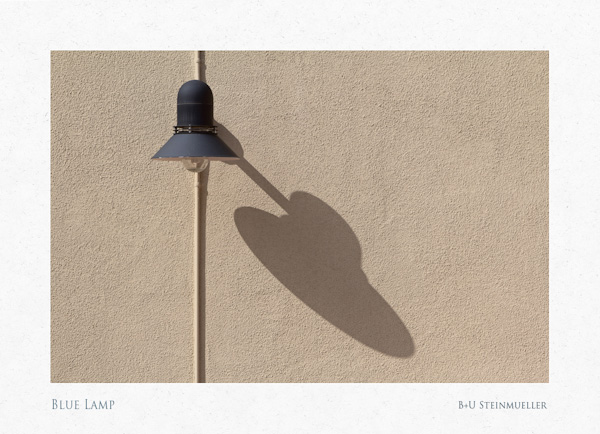
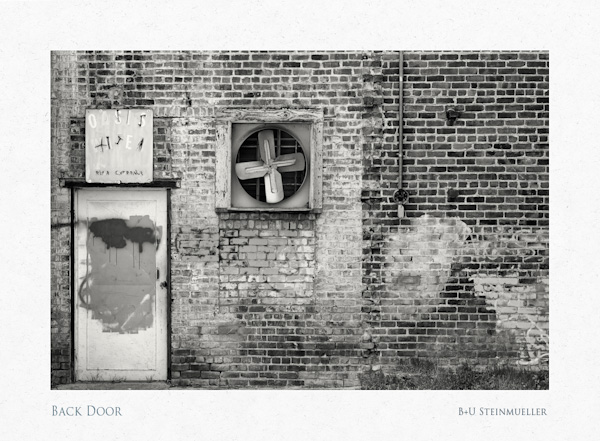
Conclusion
Great camera for the price. If you are not into pro sports and can live with more limited features you can get top class image quality from the EOS Rebel T3i. Don't forget also to invest into some nice lenses.
If you consider the T3i you may want to check out the EOS 60D too (check price at B&H here).
|